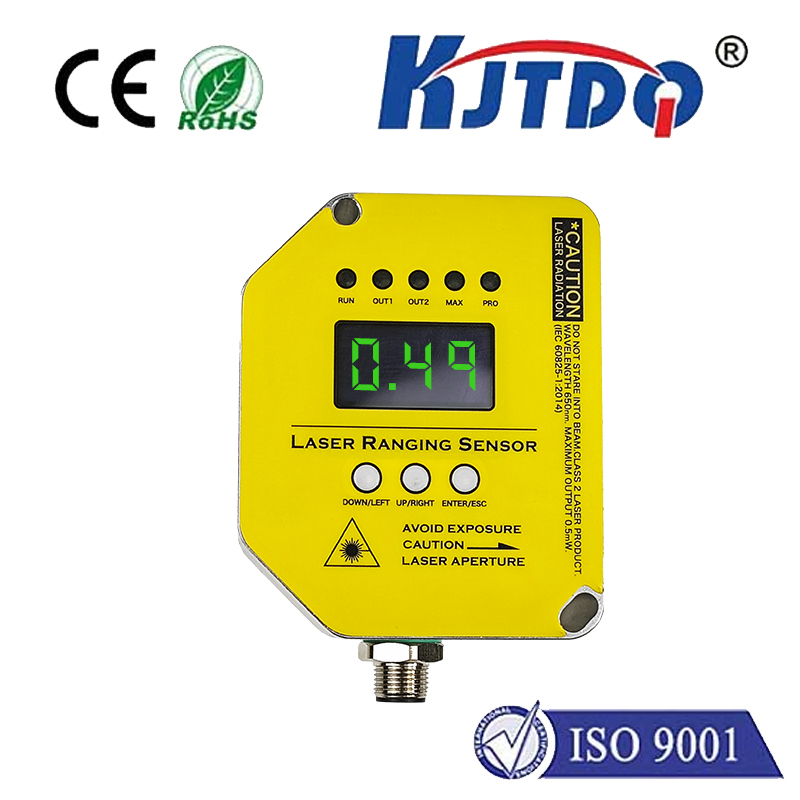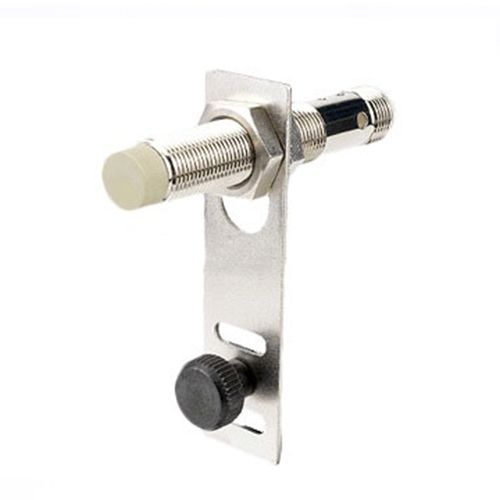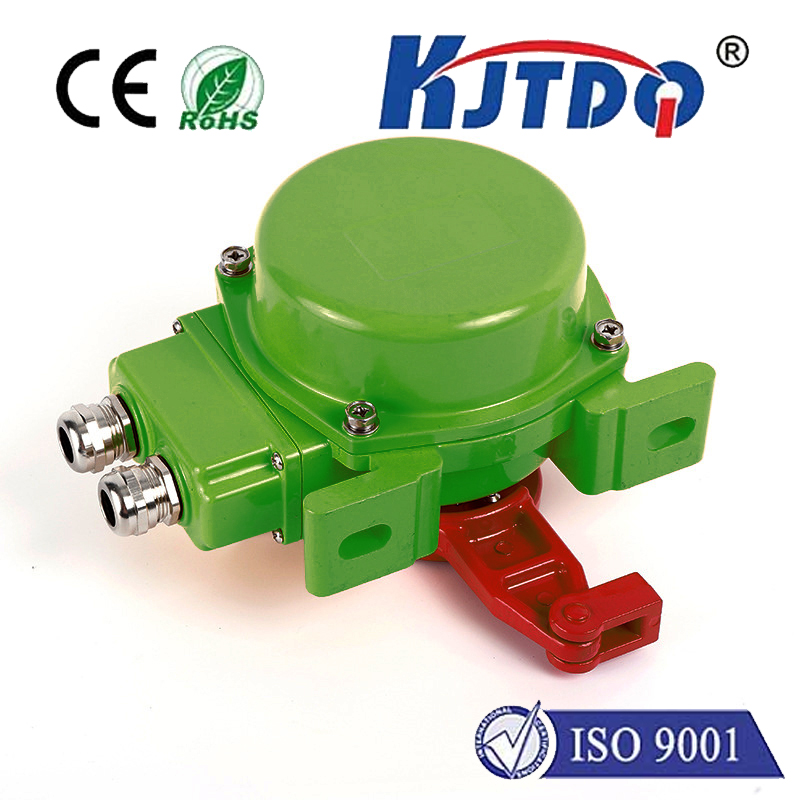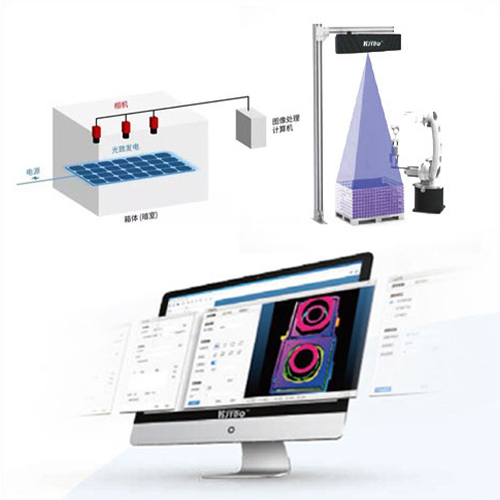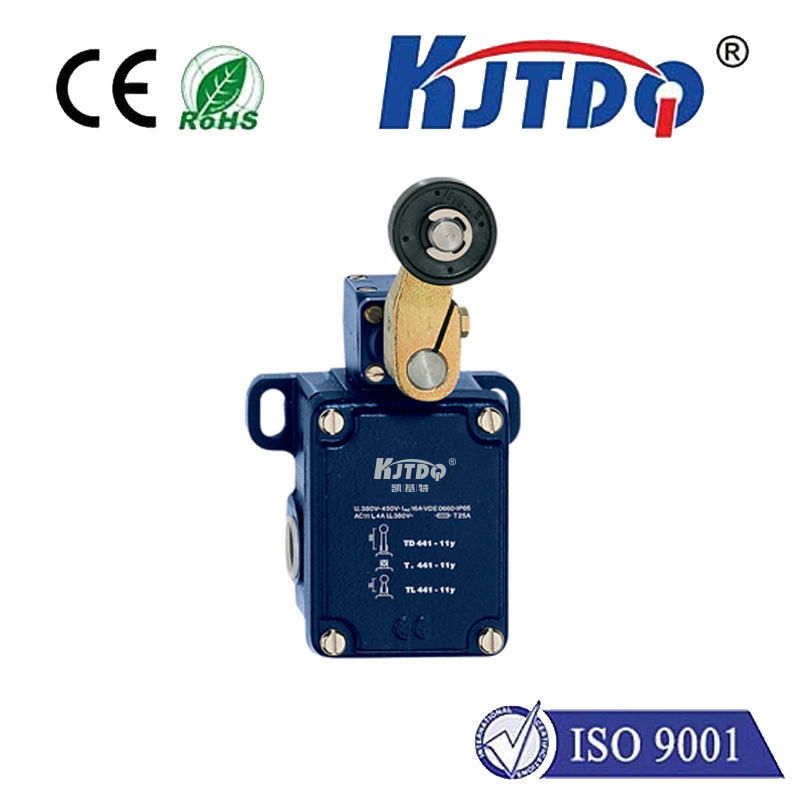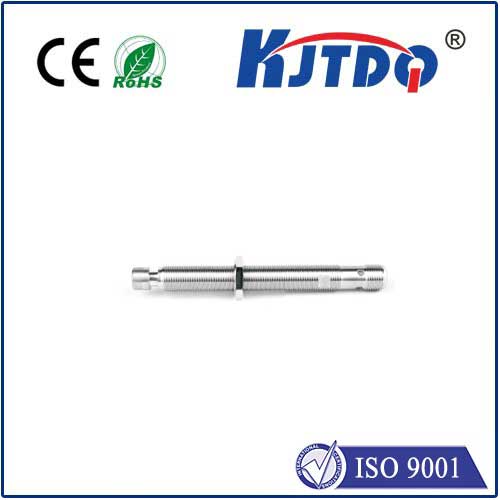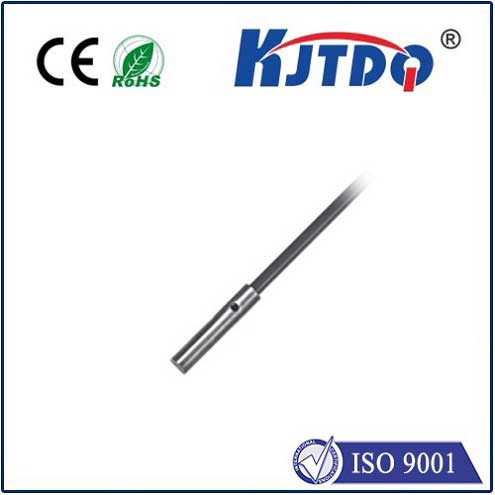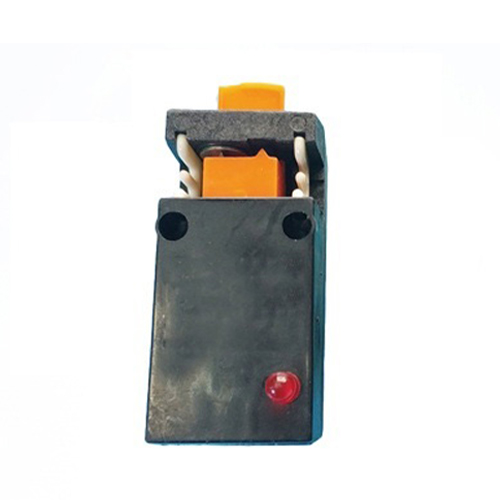compact limit switch
- time:2025-07-30 15:47:19
- Click:0
Compact Limit Switches: Maximizing Functionality in Minimal Spaces
Imagine a high-speed robotic arm maneuvering with laser precision within a densely packed manufacturing cell. Or a complex conveyor system efficiently sorting packages with zero room for error or wasted space. In these demanding environments, traditional industrial components often simply don’t fit. This is where the compact limit switch shines – a critical, space-conscious solution enabling precise position detection and control without sacrificing robustness or reliability.
Understanding the Core: What is a Compact Limit Switch?
At its heart, a limit switch is an electro-mechanical device designed to detect the presence or absence, or the movement limits, of an object. It physically interacts with a target (like a machine part, door, or actuator) and opens or closes an electrical circuit based on that interaction. This simple action provides vital feedback for machine control, safety interlocks, counting, or sequencing.
A compact limit switch takes this fundamental functionality and miniaturizes it. Compactness here refers to significantly reduced physical dimensions – smaller housing, shorter actuator arms, and a minimized footprint – compared to standard limit switches. The defining goal is to deliver reliable switching performance within severe spatial constraints.
Why Size Matters: The Compelling Advantages of Compact Designs

The decision to specify a compact limit switch isn’t just about saving a few millimeters. It offers tangible benefits that drive efficiency and enable innovation:
- Conquering Space Limitations: This is the primary driver. Compact limit switches are engineered to fit into machinery, enclosures, and automation systems where conventional switches simply cannot. This allows for more intricate designs and denser packaging of components.
- Weight Reduction: Less material inherently means lower weight. This is crucial in dynamic applications like robotics, automated guided vehicles (AGVs), or aerospace systems, where every gram counts for energy efficiency and performance.
- Enhanced Flexibility and Versatility: Their small size allows for installation in awkward or previously inaccessible locations, opening up new possibilities for system design and sensing points.
- Improved Aesthetics and Integration: In applications like medical equipment, consumer electronics automation, or clean room machinery, the unobtrusive nature of compact switches contributes to cleaner overall aesthetics and easier integration into sleek designs.
- Material Savings: While marginal per unit, the reduced material usage contributes to overall manufacturing efficiency and sustainability efforts on a larger scale.
Key Characteristics and Performance Considerations
Choosing the right compact limit switch involves careful consideration beyond just size. Key performance factors include:
- Switching Mechanism: Plunger-type (straight-line actuation), roller lever (side-actuated), whisker-type (light touch), and rotary lever are common, each suited to different target interactions. Compact versions often feature low-operating-force plungers or short-stroke levers.
- Electrical Ratings: Crucial for compatibility and safety. Ensure the switch can handle your application’s voltage (AC/DC) and current requirements, including inrush currents of loads like solenoids or small motors. Underspecifying electrical ratings is a common cause of premature failure.
- Environmental Protection (IP Rating): Compact limit switches must withstand the operating environment. Dust, moisture, oils, coolants, and washdowns necessitate appropriate Ingress Protection (IP) ratings (e.g., IP67 for dust-tight and temporary immersion).
- Durability and Life Expectancy: Measured in mechanical cycles (actuation lifespan) and electrical cycles (switching load lifespan). Robust housing materials (often engineering plastics like PBT or metals) and internal contact design determine longevity under repetitive use.
- Actuation Force and Travel: The force required to trigger the switch and the distance the actuator must move. Compact switches often have lower actuation forces and shorter travels, suitable for delicate mechanisms.
- Termination Type: Options include pre-wired cables, solder terminals, or quick-connect tabs – essential for ease of installation within confined spaces.
- Certifications: Depending on the industry and region, specific certifications (e.g., UL, CE, CSA, IEC) may be mandatory for safety compliance.
Where Compact Limit Switches Exceed Expectations: Diverse Applications
The adaptability of the compact limit switch sees it deployed across countless industries:
- Industrial Automation & Robotics: End-of-arm tooling position sensing, gripper open/close verification, axis travel limits, and detecting workpiece presence on cramped robotic cells or miniature assembly lines.
- Material Handling & Packaging: Verifying gate positions on compact conveyors, detecting box flaps in folding machines, controlling elevator stops, and confirming small item placement within intricate filling systems.
- Medical Equipment: Bed positioning in diagnostics, tray presence detection in analyzers, safety interlocks on imaging devices, and door closure verification on portable medical units.
- Automotive Manufacturing: Verifying component seating during micro-assembly, sensing tool positions on small robotic arms, and confirming latch engagement in compact modules.
- HVAC & Building Automation: Damper position feedback, filter change indicators within tight units, and zone valve control where space is premium.
- Consumer Goods & Electronics Manufacturing: Detecting small component placement on SMT lines, verifying lid closure on miniaturized devices, and sensing cartridge insertion in printers or gaming consoles.
- Agriculture and Mobile Equipment: Implement position sensing on smaller tractors or drones, level monitoring on compact machinery bins, and simple safety interlocks where size and weight are constraints.
Making the Right Choice: Selection Best Practices
Selecting the optimal compact limit switch requires a methodical approach:
- Define the Physical Constraint: Precisely measure the available space, including depth, width, height, and actuator movement path.
- Characterize the Application: What is being detected? What is the speed, force, and frequency of actuation? Is it a critical safety function or a general position check?
- Analyze the Environment: Temperature extremes? Exposure to dust, moisture, chemicals, oils, or vibration? Determine the minimum required IP rating.
- Specify Electrical Needs: Load type (resistive, inductive, lamp)? Required voltage and current? Connection method?
- Determine Needed Features: Normally Open (NO), Normally Closed (NC), or changeover contacts? Requires operator safety locking? Status indicator LED?
- Consider Long-Term Reliability: Research manufacturer reputation for quality and durability. Prioritize proven performance over the absolute lowest cost.
Conclusion: The Essential Miniaturized Workhorse
The compact limit switch is far more than a shrunken version of its larger counterpart. It’s a sophisticated engineering solution born from the relentless drive towards miniaturization and efficiency in modern machinery and automation. By providing robust, reliable position sensing and control within incredibly confined spaces, these miniature powerhouses enable the design of smarter, denser, and more capable systems across a vast spectrum of industries. When spatial constraints are paramount without compromising on critical functionality, the compact limit switch is an indispensable component, proving that big reliability truly does come in small packages.






